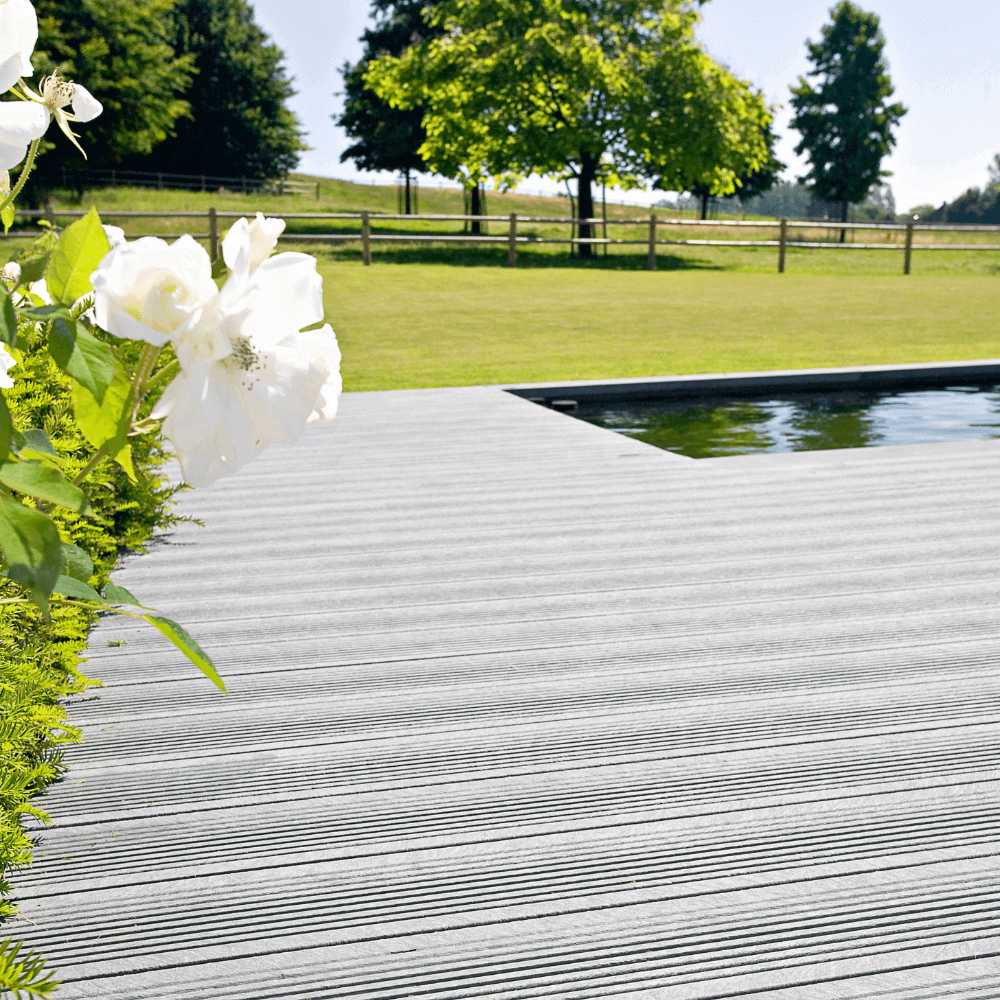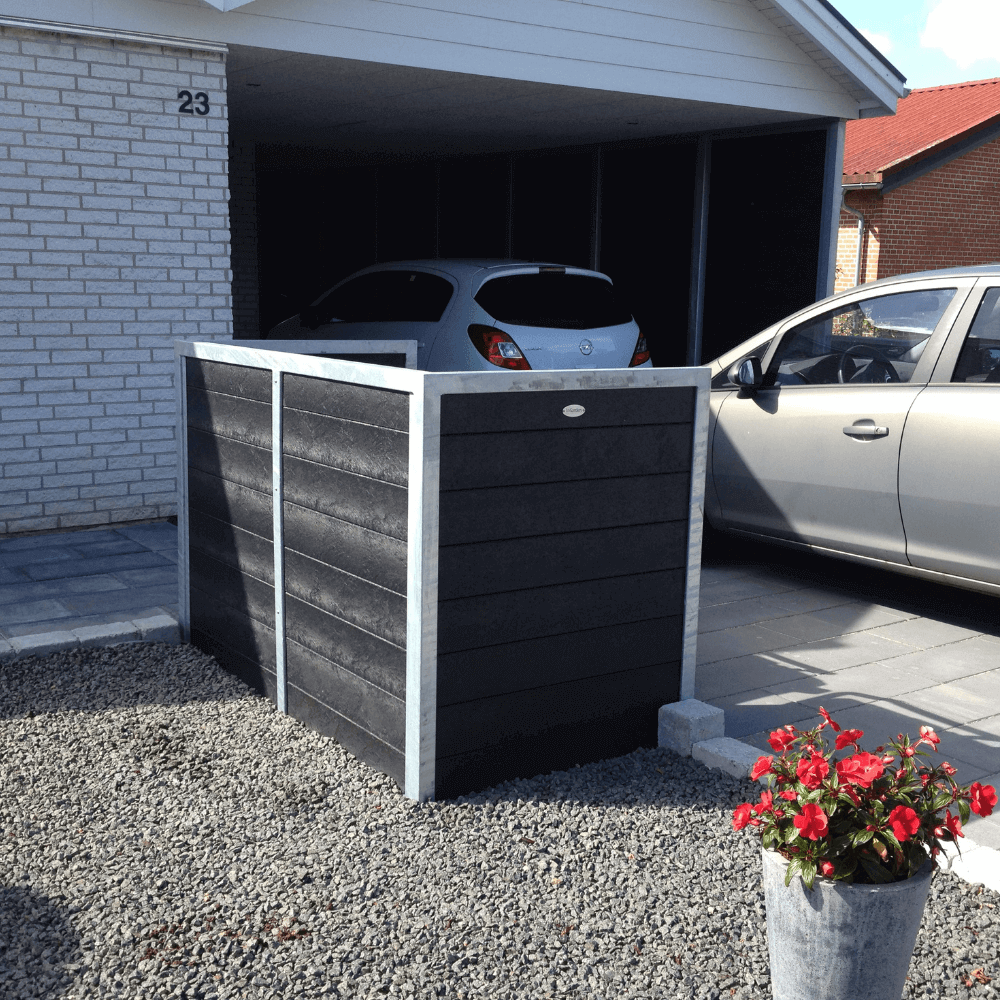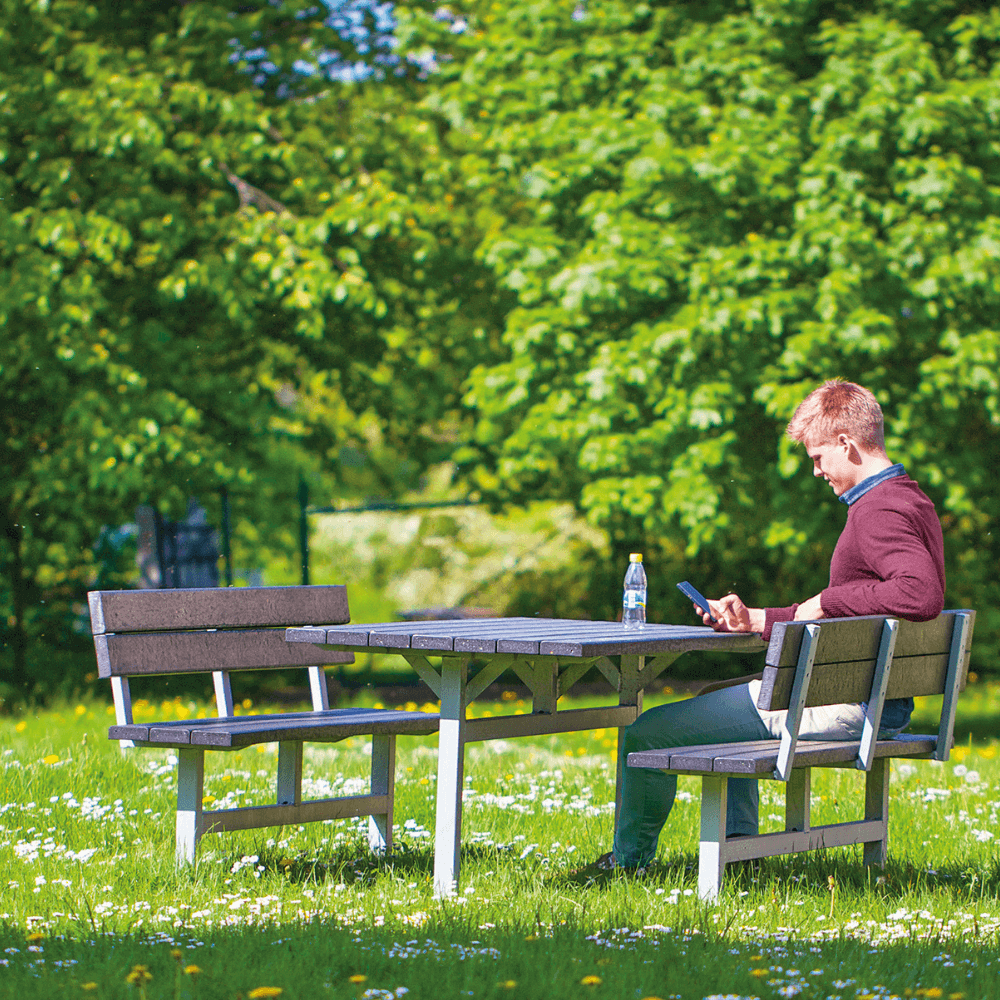During May, the soil temperature has usually reached above 12-14 ° where you can sow or plant the more heat-demanding crops. Pre-cultivation can often be done indoors from the beginning of May, while planting must wait until the end of the month when there is no longer a danger of night frost.
Beans are one of the crops that pay best to grow yourself. The price per kilo of a small modest tray of beans is relatively high if they are bought in the supermarket, and the beans can often be a bit tired after a long flight. Most often, the selection is limited to the most common round green varieties, whereas as a home grower you can frolic in beans for all tastes: small short, large long, round, flat, green, yellow, purple and even festively variegated. At the same time, you can get a lot of harvest over a longer period on a relatively small area. If you grow pole beans, for example, where the plants fill in height rather than width, you can harvest up to 10 kilos of beans on a bed of just 1 m2.
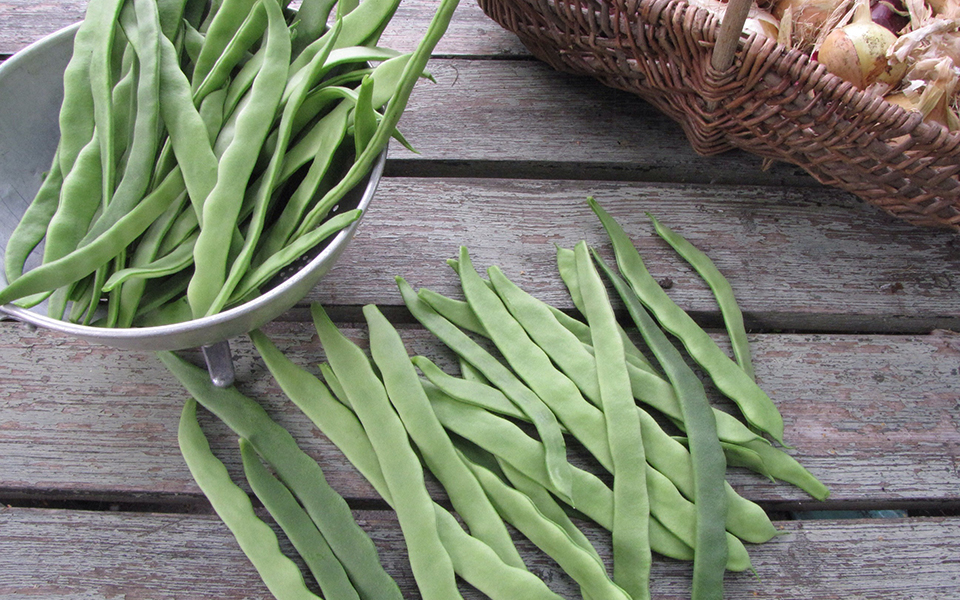
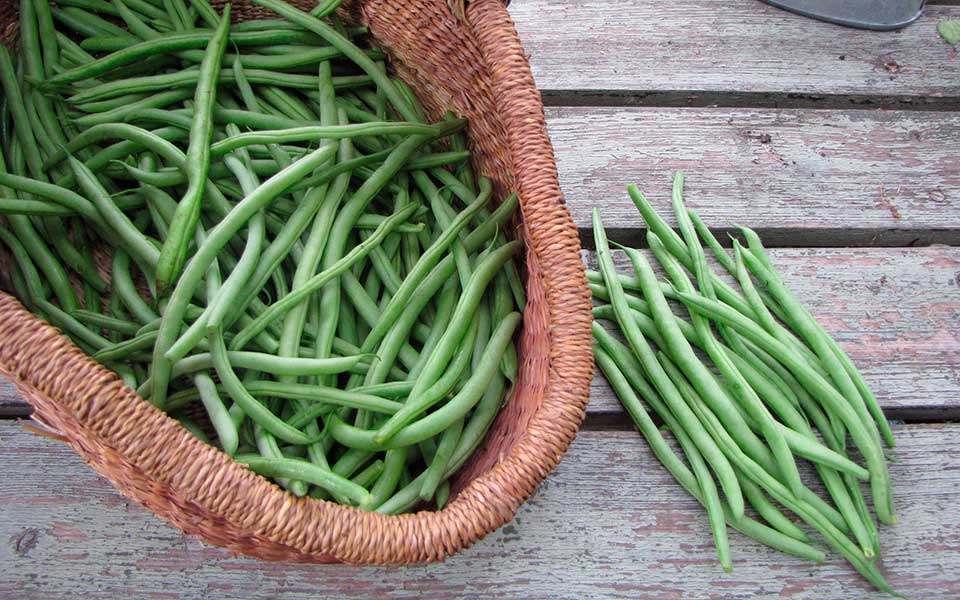
Beans are nitrogen-collecting and therefore do not place great demands on the soil's nutritional status. On the other hand, they make great demands on the temperature, especially at the beginning of their lives. The seeds germinate poorly at a soil temperature below 14 degrees, where you usually have to go all the way into the month of June before the temperature can stay high enough around the clock. If the plants have come so far that they have come up, the new sprouts may risk being eaten by birds or snails. And if they have survived that far, they can suddenly run into cooler weather (as can often happen in June) and come to a complete standstill.
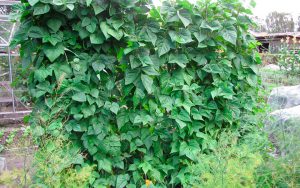
You can therefore choose to either wait until after the middle of June to sow your beans (and cover the sprouts at the beginning), or you can choose the completely safe and germinate. Here you sow 2 seeds per cell in root trainers or pots. Most often, both seeds germinate, where the plants can be planted together with just double the distance compared to what is recommended between individual plants. One should expect about 3 weeks from sowing to planting, and since beans can be planted as late as the last half of July and still manage to give a nice harvest, they are quite suitable as a 2nd crop after eg potatoes or onions.
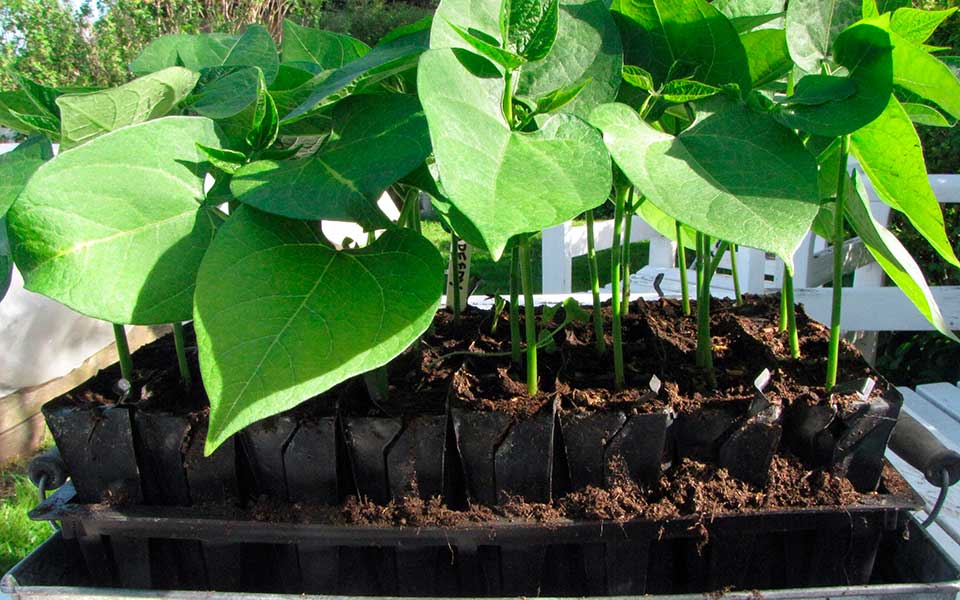
Corn, on the other hand, is a crop that can be cheap to buy in season ("3 for a 10") and that fills a lot in an ordinary kitchen garden in relation to the yield, but the taste of home-grown corn can simply not be bought for money . The moment a corn on the cob is picked, the sugars in the kernels begin to be converted to starch, and in the supermarket's corn, that process has been well underway long before you get home to the kitchen with the cobs. The preparation of corn takes place ideally in the way that the pot is put over before you go to the garden and harvest your flasks - and thus the taste of freshly harvested corn is a culinary luxury that very few people have actually experienced.
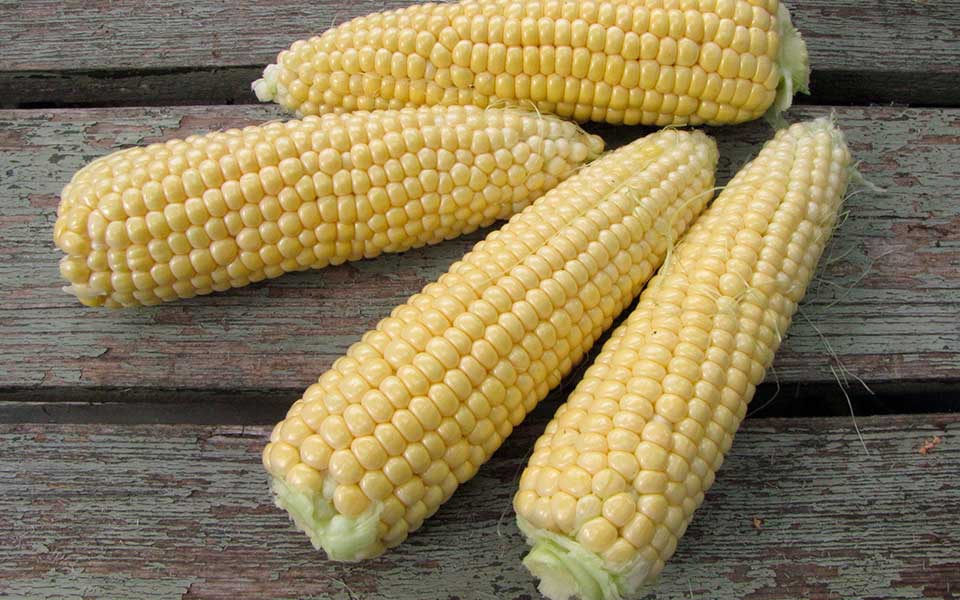
Corn was sown in 10 cm pots or root trainers from the beginning of May, indoors at a temperature of 20-25 degrees. After about 3 weeks, the plants are about 20 cm high and you can transplant when all danger of night frost is over. Maize should not be planted in a single long row for the sake of wind pollination - if the wind blows across the row, there is a risk that all pollen will smoke everywhere but on the plants it is to pollinate. Therefore, maize must be in blocks, and in a bed you plant in the 3 main rows with a distance of 15-30 cm between the plants depending on the variety. You can plant maize until the end of June, so you can easily reach a preculture before. The earliest corn maize can, for example, be put where there has previously been spinach in the rows, and if you may not have had time to harvest all the spinach before, you can just clear some of the plants, give the holes some compost, and put the corn in the spinach row. Later plantings can follow early potatoes, lettuce, spring onions, overwintering spring bowl etc.
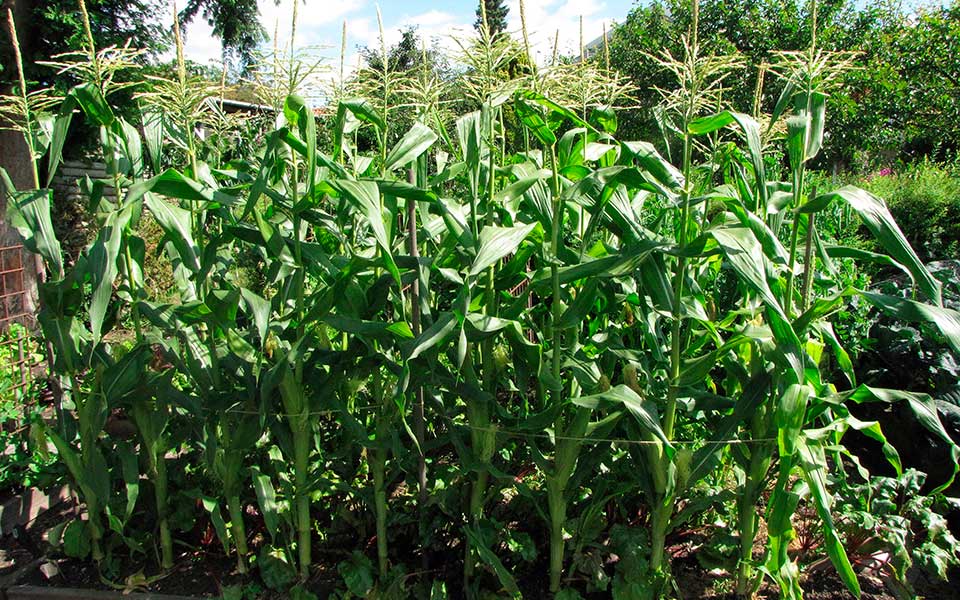
Although the maize plants hopefully end up being up to 2 meters high, with a little planning you can easily use the bed's middle rows, as long as the plants here have managed to get a certain size before the maize starts to overshadow it all. A quite good combination is to plant pre-cultivated beets which are sown in early April and planted in the middle rows in early May. The beets thus gain a head start of almost a few months and manage to develop such a large mass of leaves that they do not lose in the competition with the corn for the light.
Zucchini is perhaps the kitchen garden crop where you most easily risk sitting with much more than you can use yourself. A single plant can yield up to 50 fruits, and here they are most delicious when picked as small at a maximum of 20 cm. If you just overlook a small zucchini under a leaf for a few days, you can suddenly be left with a spongy monster of a few kilos that can not be used for much. Fortunately, courgettes can be baked, fried, deep-fried, stuffed and ended up as ingredients in both bread and cakes - as well as given to friends, neighbors and the extended family in high season. However, under normal conditions, 2-3 plants are abundant for a normal family.
Zucchini, like beans and corn, are among the heat-loving ones that do not tolerate frost, and therefore they are also suitable for being planted after a previous crop. One seed per pot is sown in early May indoors, and when the plants have a 3-4 permanent leaves, they are ready to go into the ground. They thrive very well by being planted in compost: you simply dig a 20-30 cm deep hole, fill with compost, water thoroughly and plant the courgette in the middle of the compost. If the weather is less summery when planting, you can cover with non-woven fabric for the first time.
The courgettes are placed in the middle row of the bed with 60-70 cm in between. While the plants are still small, you can harvest the last potatoes, salads, spinach or whatever you have in the outer rows, but once the courgettes take hold, there is absolutely no room for anything else in the bed.








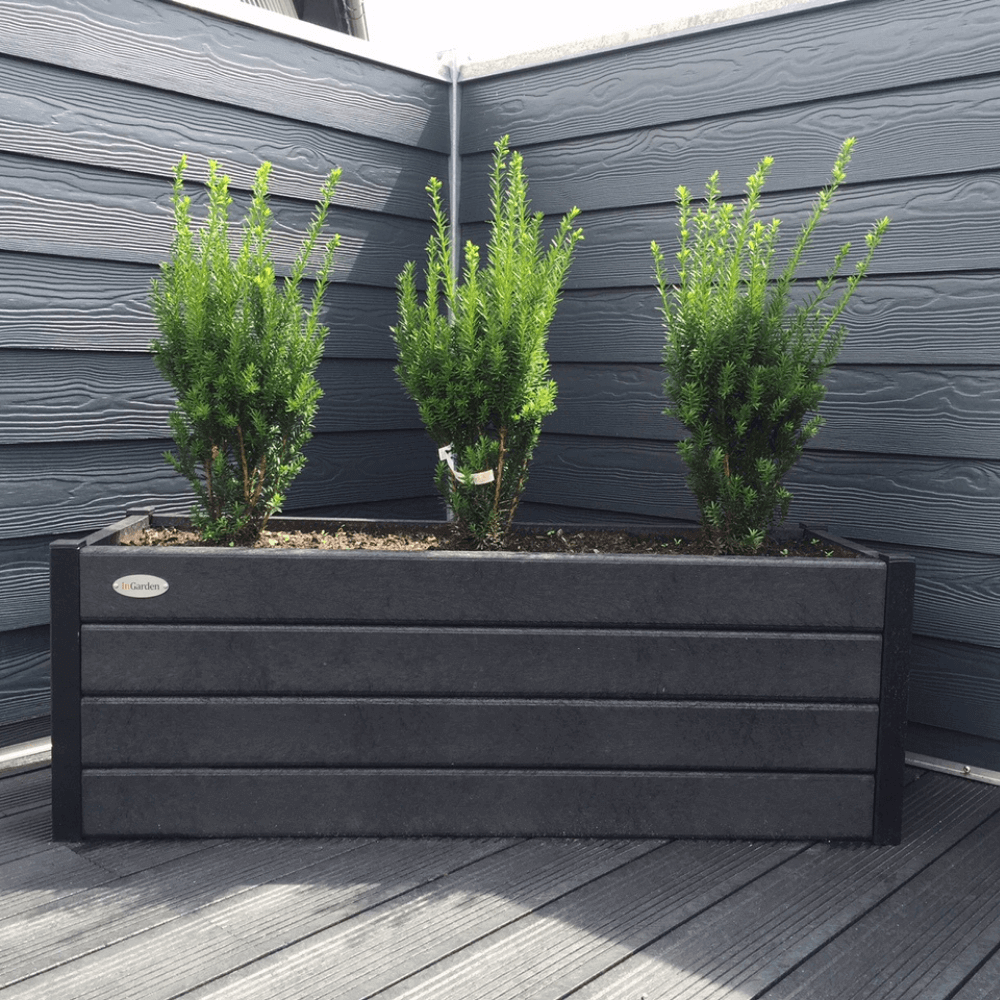
-1.backdrop.png)
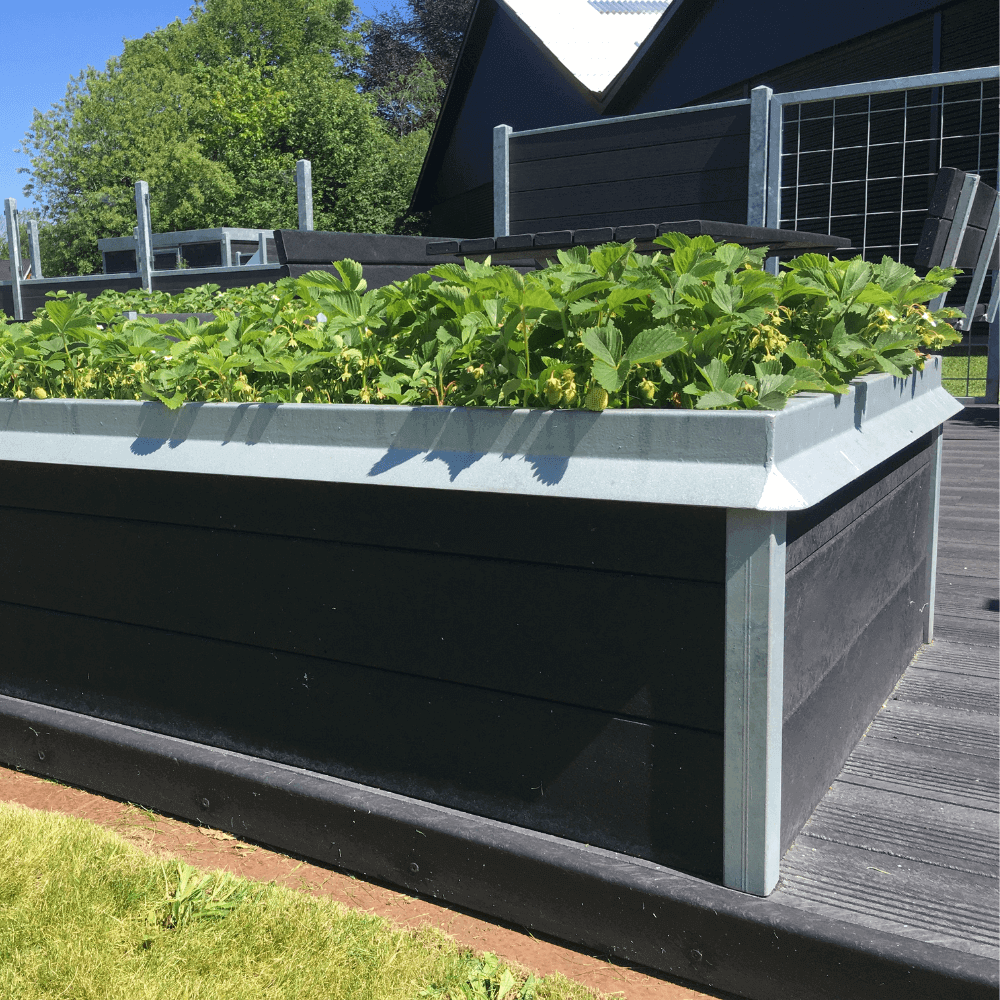
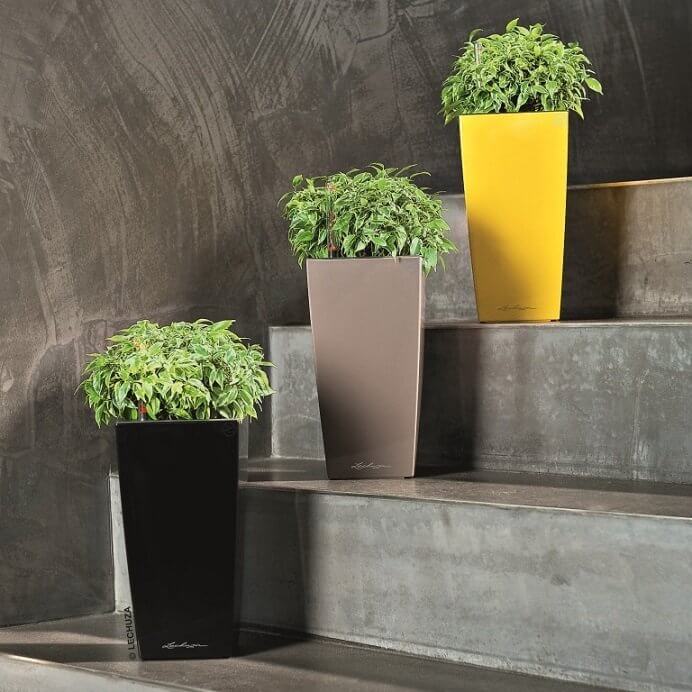
-1.backdrop.png)
